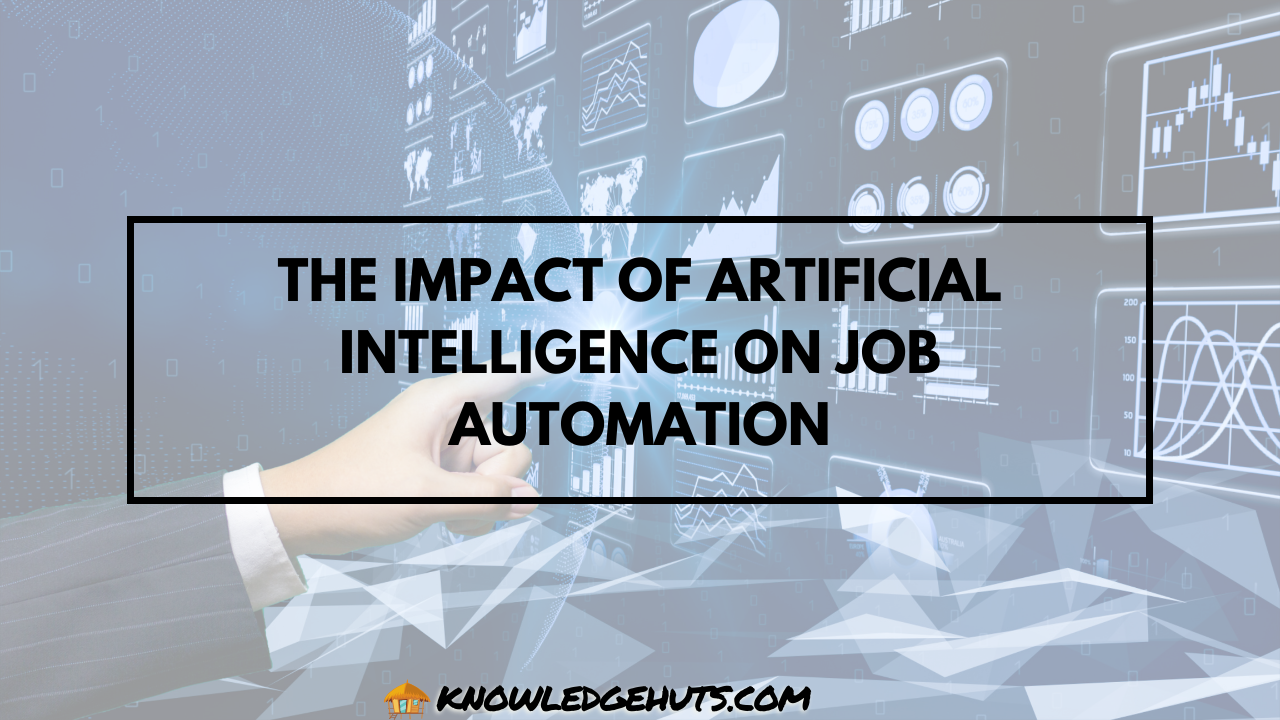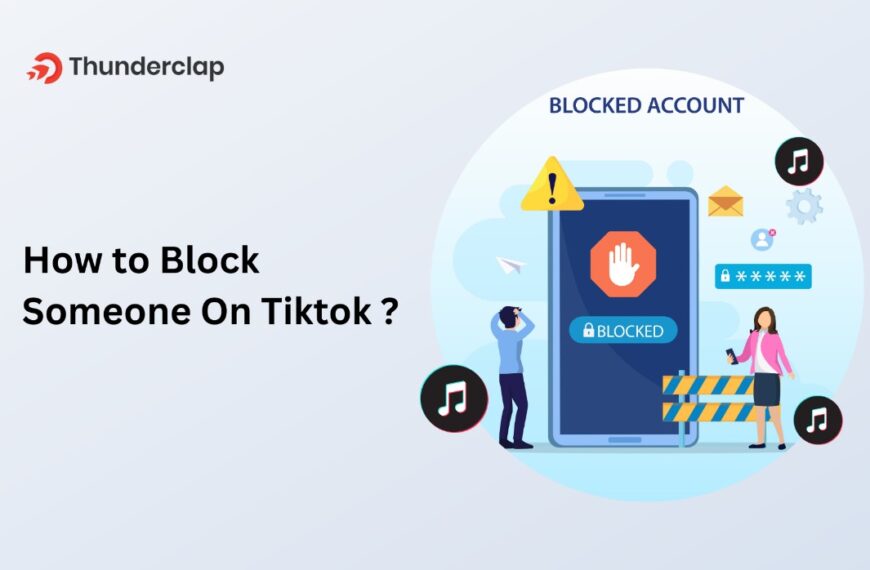As the Android ecosystem continues to evolve, new frameworks and trends are shaping the future of app development. Developers are constantly seeking ways to build more efficient, scalable, and maintainable applications. This article explores some of the potential future trends and emerging frameworks in Android development, including Kotlin Multiplatform Mobile (KMM), emerging declarative UI frameworks, and other technological advancements that may significantly impact the way Android apps are built.
1. Kotlin Multiplatform Mobile (KMM)
Overview: Kotlin Multiplatform Mobile (KMM) is an emerging framework that allows developers to share code across multiple platforms, including Android and iOS, while maintaining the flexibility to write platform-specific code where necessary. KMM leverages Kotlin, a language officially supported by Google for Android development, making it a natural choice for Android developers looking to expand their apps to iOS.
Potential Impact:
- Cross-Platform Code Sharing: KMM enables developers to write business logic once and share it across Android and iOS, reducing development time and ensuring feature parity between platforms.
- Native Performance: Unlike some other cross-platform solutions, KMM doesn’t compromise on performance, as developers can still write platform-specific code when needed.
- Seamless Integration: KMM integrates well with existing Android and iOS projects, allowing gradual adoption rather than requiring a complete rewrite of existing apps.
Future Outlook: KMM is expected to grow in popularity as it matures, especially among Android developers who want to build iOS apps without having to learn a new language or framework. Its ability to provide near-native performance and ease of integration makes it a compelling choice for future cross-platform projects.
2. Declarative UI Frameworks
Overview: The shift towards declarative UI frameworks is one of the most significant trends in Android app development. Declarative UI frameworks, such as Jetpack Compose for Android and SwiftUI for iOS, allow developers to describe the UI using code, and the framework handles the rendering and state management.
Emerging Trends:
- Jetpack Compose: Jetpack Compose is Google’s flagship declarative UI toolkit for Android. It simplifies UI development by using a reactive programming model, where the UI automatically updates in response to state changes.
- Declarative UI Principles: The rise of declarative UI frameworks is part of a broader trend towards reactive programming. This approach reduces boilerplate code and improves the maintainability of complex UIs by making them more predictable and easier to reason about.
Potential Impact:
- Reduced Boilerplate: Declarative UI frameworks drastically reduce the amount of boilerplate code required to build and update UIs, making development faster and more efficient.
- Improved Maintainability: With a clear separation of concerns, declarative UIs improve the maintainability and scalability of apps, making them easier to update and debug.
- Increased Adoption: As Jetpack Compose becomes more mature, it’s likely to become the standard for Android UI development, replacing the traditional XML-based layout system.
Future Outlook: Jetpack Compose is already gaining traction among Android developers, and as it continues to evolve, it is expected to become the default choice for building Android UIs. The shift towards declarative programming is likely to influence other areas of app development, encouraging more reactive and functional programming paradigms.
3. AI and Machine Learning Integration
Overview: Artificial Intelligence (AI) and Machine Learning (ML) are increasingly becoming integral parts of custom mobile app development. With tools like TensorFlow Lite and ML Kit, developers can now integrate sophisticated AI and ML capabilities directly into their Android apps.
Emerging Trends:
- On-Device ML: On-device machine learning is gaining popularity as it enables real-time data processing without the need for an internet connection. This is particularly useful for features like image recognition, natural language processing, and predictive analytics.
- Personalization and Recommendations: AI-driven personalization is becoming a standard feature in many apps, from content recommendations in streaming services to personalized shopping experiences in e-commerce apps.
- Improved User Experience: AI and ML are being used to enhance user experiences, such as by providing smart assistants, voice recognition, and augmented reality features.
Potential Impact:
- Enhanced App Capabilities: The integration of AI and ML allows developers to build more intelligent and context-aware applications, leading to better user engagement and satisfaction.
- Increased Complexity: While AI and ML open up new possibilities, they also introduce new challenges in terms of model training, data privacy, and computational efficiency.
Future Outlook: As AI and ML technologies continue to advance, they will become even more accessible and integrated into standard Android development workflows. Future frameworks may offer built-in AI and ML capabilities, making it easier for developers to execute these features without needing specialized expertise.
4. Progressive Web Apps (PWAs) and WebAssembly
Overview: According to Simpalm, a progressive web app development agency, “Progressive Web Apps (PWAs) are web applications that use modern web technologies to deliver app-like experiences on the web. WebAssembly (Wasm) is a binary instruction format that allows code written in languages like C, C++, and Rust to run on the web with near-native performance.”
Emerging Trends:
- Hybrid Approaches: PWAs offer a hybrid approach to app development, allowing developers to build apps that work on both mobile and desktop with a single codebase. With the growing support for WebAssembly, PWAs can now achieve performance levels comparable to native apps.
- Offline Capabilities: PWAs can work offline or in low-network conditions, thanks to service workers and caching strategies, making them more reliable and user-friendly.
Potential Impact:
- Cross-Platform Reach: PWAs offer a way to reach users across multiple platforms without the need for distinct native apps, reducing development and maintenance costs.
- Near-Native Performance: With WebAssembly, PWAs can now handle performance-intensive tasks, opening up new possibilities for web-based games, productivity tools, and more.
Future Outlook: PWAs and WebAssembly are likely to play a larger role in the future of app development, particularly for projects that prioritize cross-platform compatibility and web integration. As browser support and tooling improve, we can expect more apps to be built as PWAs, offering a seamless experience across devices.
5. Modularization and Microservices Architecture
Overview: Modularization involves breaking down an app into smaller, individual modules that can be developed, tested, and deployed separately. This approach is often coupled with microservices architecture, which allows different parts of the app to be developed and maintained by separate teams.
Emerging Trends:
- Modular Android Apps: Modularization is becoming more common in large Android projects, where different features or components are developed as separate modules. This improves code maintainability, reduces build times, and allows for more flexible app updates.
- Microservices: While traditionally used in backend development, microservices architecture is starting to influence mobile development as well. Different features of an app can be developed as microservices, each responsible for a specific functionality.
Potential Impact:
- Scalability: Modularization and microservices enable apps to scale more easily, both in terms of codebase and team size.
- Continuous Delivery: These approaches support continuous delivery and integration, allowing for faster release cycles and more frequent updates.
Future Outlook: Modularization and microservices are likely to become more prevalent as Android apps grow in complexity. Future frameworks may offer better support for these architectures, making it easier for developers to build and maintain large-scale applications.
Conclusion
The future of Android development is being shaped by trends and emerging frameworks that prioritize efficiency, cross-platform compatibility, and modern programming paradigms. Kotlin Multiplatform Mobile (KMM) is set to redefine cross-platform development by allowing code sharing between Android and iOS without sacrificing native performance. Declarative UI frameworks like Jetpack Compose are revolutionizing UI development by simplifying the creation and maintenance of complex user interfaces.
Meanwhile, AI and Machine Learning are becoming indispensable tools for creating smarter and more personalized apps, and Progressive Web Apps (PWAs) combined with WebAssembly are pushing the boundaries of what web technologies can achieve on mobile devices. Finally, modularization and microservices architecture are improving the scalability and maintainability of Android apps, paving the way for more agile development practices.
Staying informed about these trends and emerging technologies will be crucial for developers looking to remain competitive in the rapidly evolving landscape of Android development.








